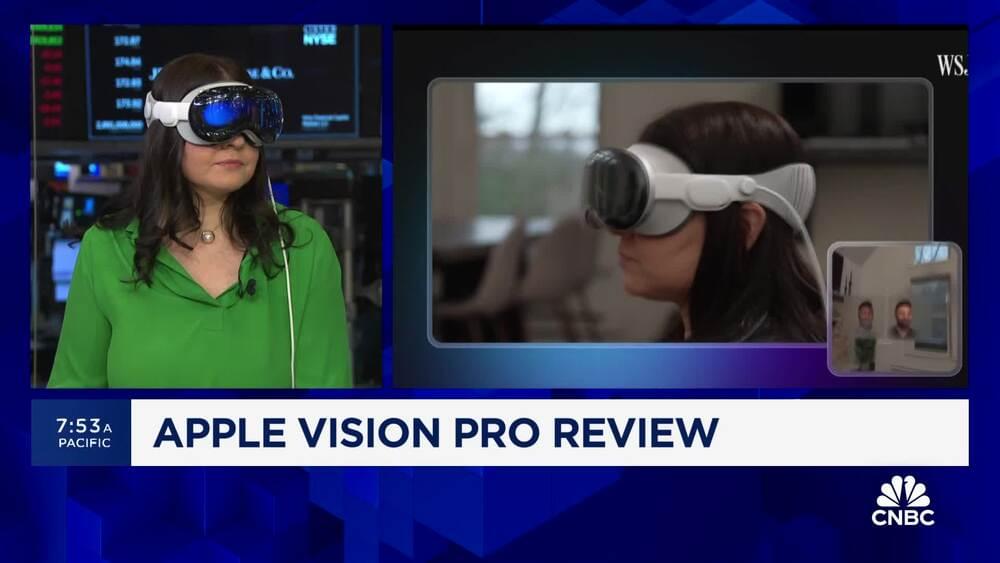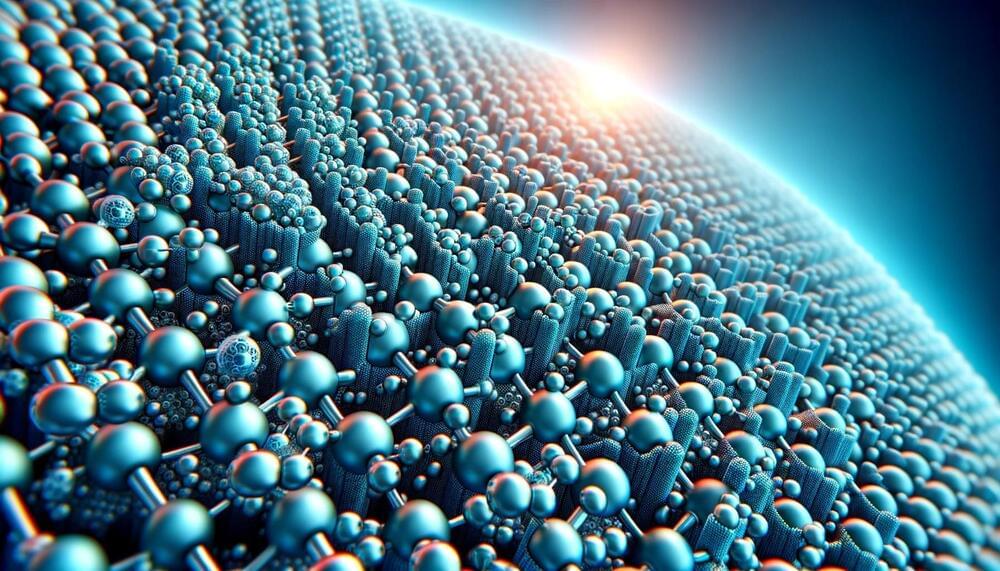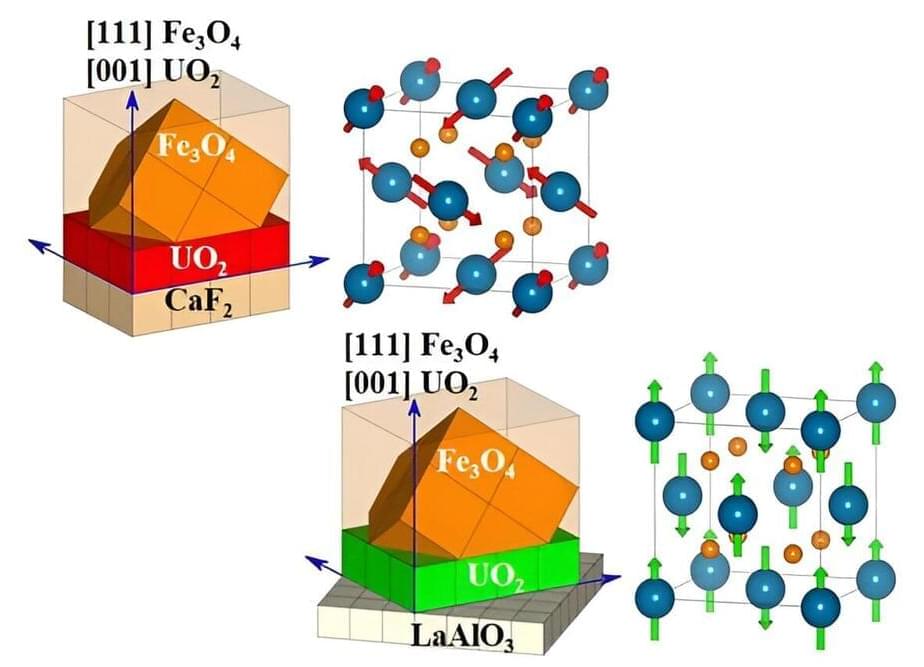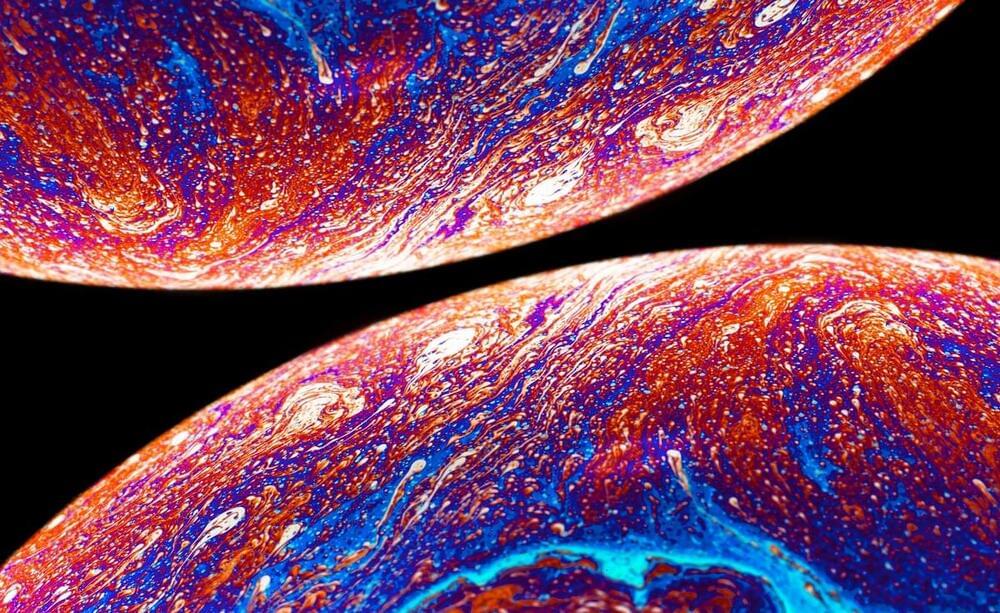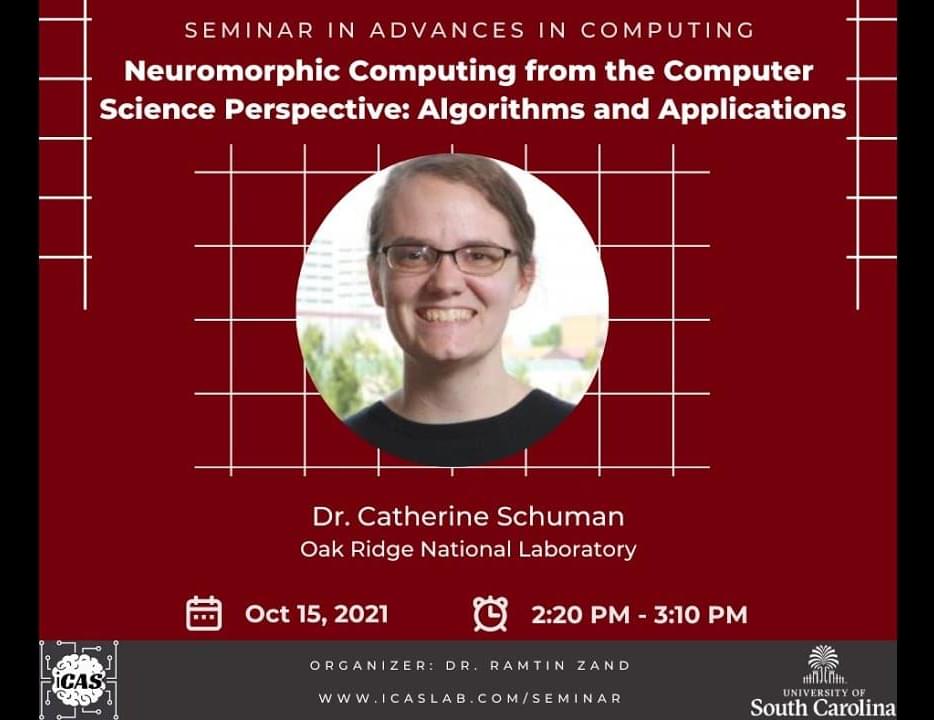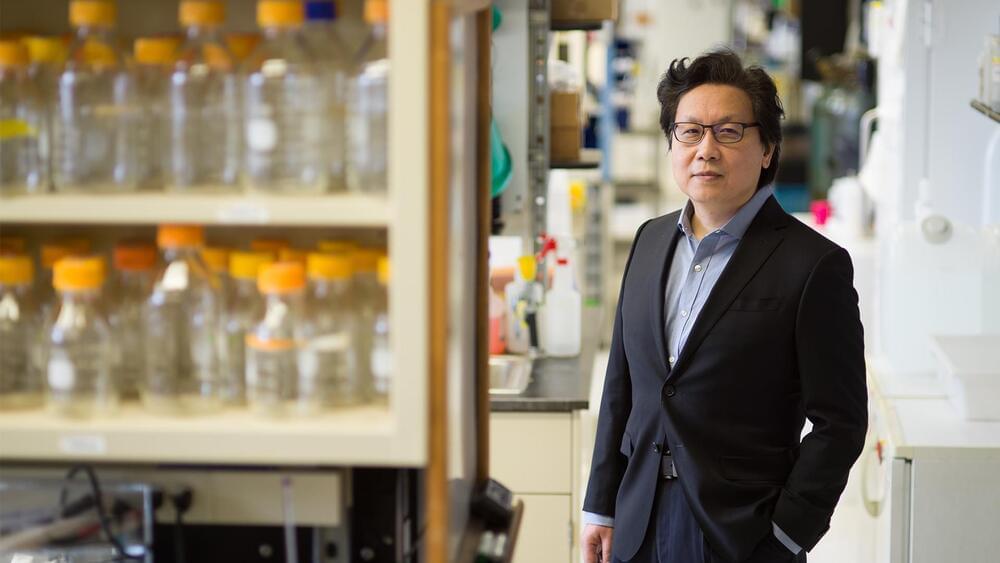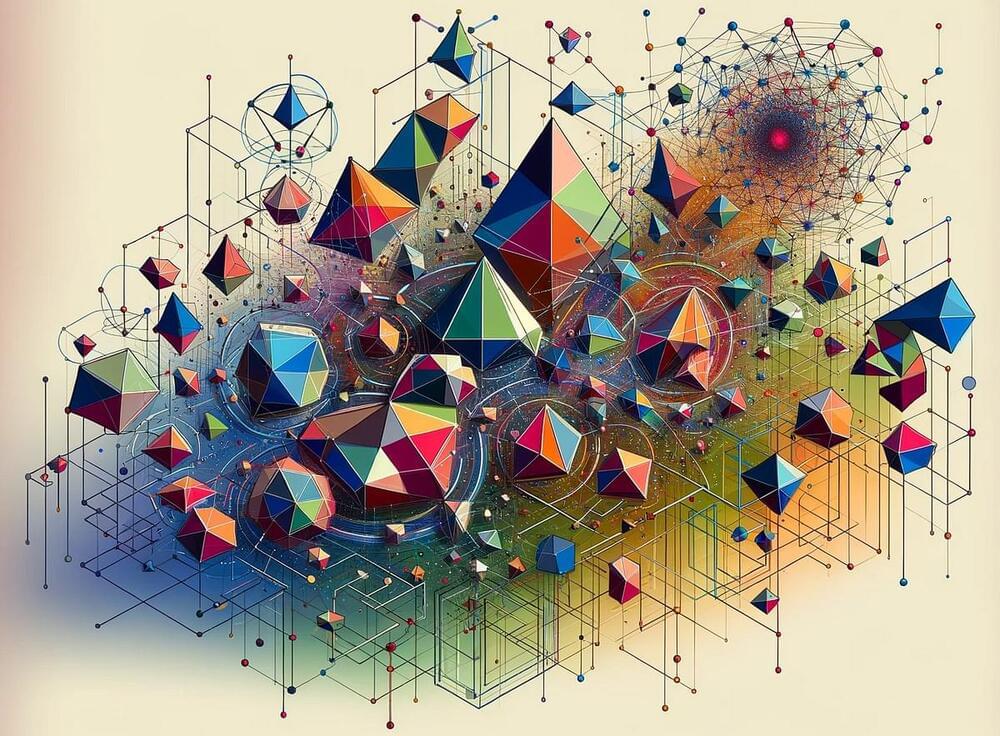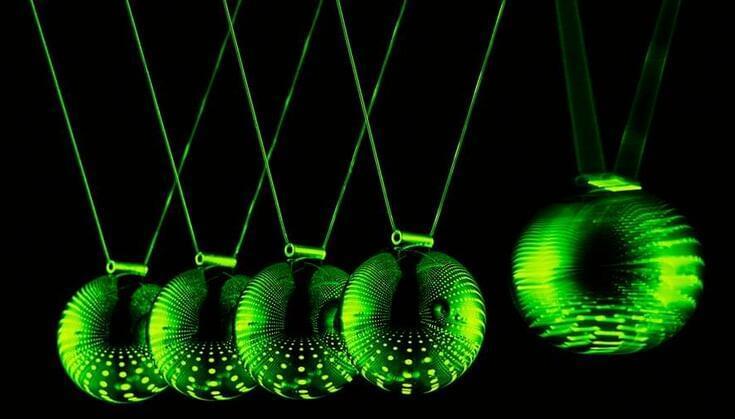Joanna Stern, WSJ, joins ‘Squawk on the Street’ to discuss Apple’s latest large product launch, the Apple Vision Pro.
A nanoporous material that holds hydrogen at twice the density of cryogenic liquid H2 could address the challenges of large-scale liquid and gas storage that have held this clean fuel back.
Hydrogen is finding plenty of applications as a clean fuel – in trucking and commercial vehicles, short range aviation and shipping, for example, where it carries considerably more energy per weight and volume than lithium batteries and can deliver superior range figures and quick refueling. You can burn it more or less like gasoline, or run it through a fuel cell to generate electric power.
It has the highest energy per mass of any fuel, but it’s a pain to store. Keep it in gas tanks and you’ll need some 700 atmospheres’ worth of compression. Keep it as a liquid, and you’ll need to maintain cryogenic temperatures just 20 degrees above absolute zero. And even when squashed into a supercooled liquid, it might be lightweight, but it takes up a surprising and inconvenient amount of volume, making it both energy-hungry and tough to package where space is an issue.
Discover rSIM — the groundbreaking solution for seamless mobile connectivity, ensuring uninterrupted IoT and mobile internet access worldwide.
Electronics are based on electrical charges being transported from one place to another. Electrons move, current flows, and signals are transmitted by applying an electrical voltage. However, there is also another way to manipulate electronic currents and signals: using the properties of the spin—the intrinsic magnetic moment of the electron. This is called “spintronics,” and it has become an increasingly important field in contemporary electronic research.
An international research team involving TU Wien and the Czech Academy of Sciences has now achieved an important breakthrough. They have managed to switch the spins in an antiferromagnetic material using surface strain. This could lead to an important new line of research in electronic technologies. The research is published in the journal Advanced Functional Materials.
“There are different types of magnetism,” explains Sergii Khmelevskyi from the Vienna Scientific Cluster Research Center, TU Wien. “The best known is ferromagnetism. It occurs when the atomic spins in a material are all aligned in parallel. But there is also the opposite, antiferromagnetism. In an antiferromagnetic material, neighboring atoms always have opposite spins.” Their effects therefore cancel each other out and no magnetic force can be detected from the outside.
Does dark matter reside in a deformed mirror universe of our own, where rules are different and atoms failed to form?
Speaker’s Bio: Catherine (Katie) Schuman is a research scientist at Oak Ridge National Laboratory (ORNL). She received her Ph.D. in Computer Science from the University of Tennessee (UT) in 2015, where she completed her dissertation on the use of evolutionary algorithms to train spiking neural networks for neuromorphic systems. She is continuing her study of algorithms for neuromorphic computing at ORNL. Katie has an adjunct faculty appointment with the Department of Electrical Engineering and Computer Science at UT, where she co-leads the TENNLab neuromorphic computing research group. Katie received the U.S. Department of Energy Early Career Award in 2019.
Talk Abstract: Neuromorphic computing is a popular technology for the future of computing. Much of the focus in neuromorphic computing research and development has focused on new architectures, devices, and materials, rather than in the software, algorithms, and applications of these systems. In this talk, I will overview the field of neuromorphic from the computer science perspective. I will give an introduction to spiking neural networks, as well as some of the most common algorithms used in the field. Finally, I will discuss the potential for using neuromorphic systems in real-world applications from scientific data analysis to autonomous vehicles.
Organizer: Dr. Ramtin Zand.
Seminar Webpage: https://www.icaslab.com/Seminar
Einstein scientist Xingxing Zang, Ph.D., has teamed up with Einstein grad, Elizabeth Stoner, M.D.
Albert Einstein College of Medicine researcher Xingxing Zang, Ph.D., latest cancer research and clinical trial.
Latent Topology Inference
Posted in robotics/AI
Topological Deep Learning (TDL) is gaining traction for its ability to capture higher-order interactions beyond the pairwise structure of #graphs, using tools from #algebraic #topology, especially combinatorial topological spaces.
How combinatorial topological spaces can be used to promote a paradigm shift from inferring pairwise to multiway latent relationships in data.
Several problems in machine learning call for methods able to infer and exploit multi-way, higher-order relationships hidden in the data. We propose the new beyond-graph paradigm of Latent Topology Inference, which aims to learn latent higher-order combinatorial topological spaces describing multi-way interactions among data points. To make Latent Topology Inference implementable, we introduce the Differentiable Cell Complex Module, a novel learnable function able to infer a latent cell complex to improve the downstream task.
This post is based on the paper by Claudio Battiloro, Indro Spinelli, et al., “From Latent graph to Latent Topology Inference: Differentiable Cell Complex Module”, ICLR 2024, a collaboration with Lev Telyatnikov, Michael Bronstein, Simone Scardapane, and Paolo Di Lorenzo. The code can be found here.
In an extremely cosmic–brain take, University of Rochester astrophysics professor Adam Frank suggests that a civilization could advance so much that it could eventually tinker with the fundamental laws of physics.
It’s a mind-bending proposition that ventures far beyond the conventional framework of scientific understanding, a reminder that perhaps we should dare to think outside the box — especially as we continue our search for extraterrestrial civilizations.
If a civilization were to be able to change the laws of physics, “the very nature of energy itself, with established rules like energy conservation, would be subject to revision within the scope of engineering,” Frank, who is part of the NASA-sponsored Categorizing Atmospheric Technosignatures program, wrote in an essay for Big Think.
A temporary lake at Badwater Basin in Death Valley National Park has persisted for more than six months, which is far longer than it has lasted before. And experts say that it could stick around for quite a while yet.
